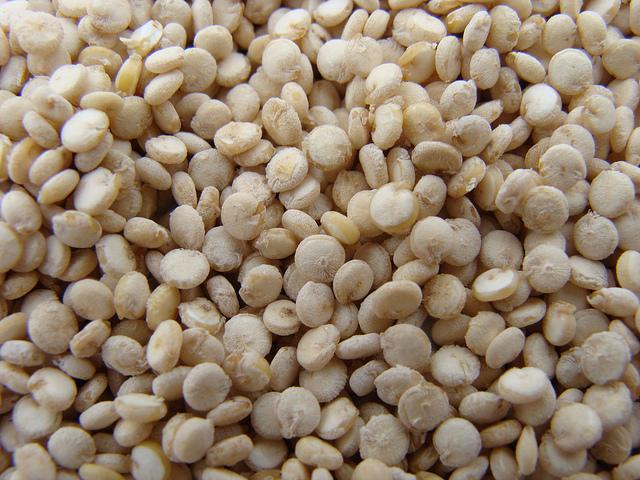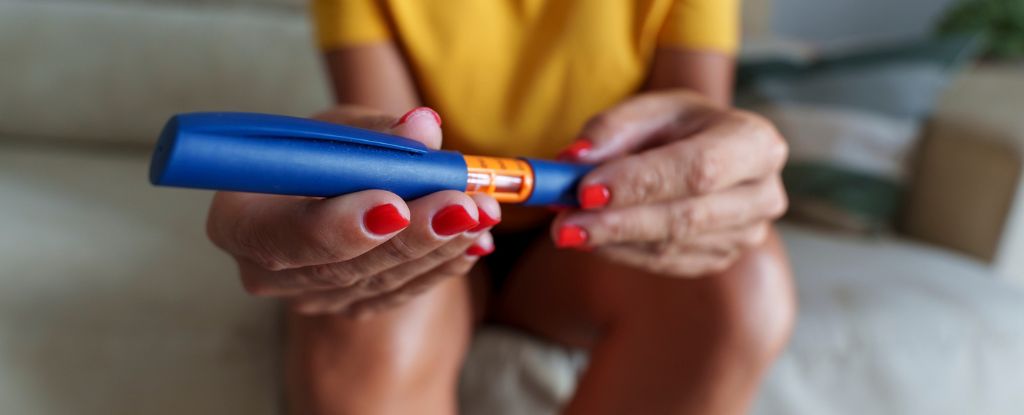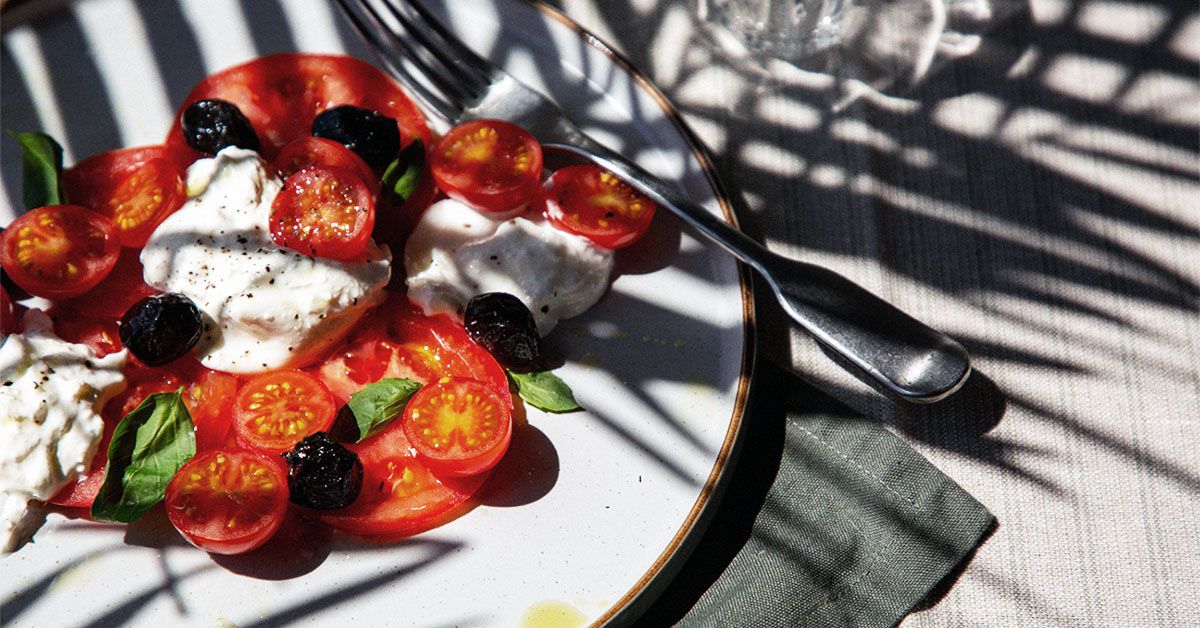Top Health Benefits of Dates, Plus the Ideal Serving Size
:max_bytes(150000):strip_icc()/dates-nutrition-facts-2000-367b6229847b4b9887d85b0946806035.jpg)
Key Takeaways
- Dates have a wide variety of health benefits, from improving cholesterol levels to reducing inflammation.
- One serving of dates is around one-quarter cup, but if you can’t measure, stick to eating between two to four large dates per day.
- Piarom dates (or Piyarom dates) are said to be the most nutritious type of date, but all dates are filled with important plant-based compounds, like antioxidants.
If you’re overlooking dates—those wrinkly little fruits nestled between raisins and prunes at the grocery store—you’re sleeping on an amazing addition to your healthy-food repertoire. Dates are oval-shaped fruits consisting of a single seed (or stone) surrounded by sticky, edible flesh similar to cherries, mangoes, and peaches.
And best of all: their crinkly skin that shimmers from natural sugars. Not only are they satisfyingly sweet, but dates are also full of fiber, vitamins, and minerals that benefit your brain, muscles, metabolism, digestion, and so much more. Here are some of the most important health benefits of dates, according to nutrition experts, along with some ideas on how to eat more of them.
- Mascha Davis, MPH, RDN, a registered dietitian nutritionist at Nomadista Nutrition and the author of Eat Your Vitamins
- Meghan Sedivy, RD, LDN, registered dietitian and health and wellness strategy manager at Fresh Thyme Markets
- Christina Manian, RDN, registered dietitian nutritionist and food sustainability expert
Getty Images
Top Health Benefits of Dates
We asked registered dietitians to break down the nutritional benefits of dates, which helps explain why they’re such an excellent healthy snack.
Improve Gut Health
Filling up on fiber is essential to gut health as well as overall health. “Dates are a nutritional powerhouse, packed with fiber to help fill you up and keep you full longer, as well as promote healthy digestion and heart health,” says registered dietitian Meghan Sedivy, RD, LDN.
Eating three dates will get you close to 5 grams of fiber. One study found that those who ate seven dates a day for 21 days had increases in bowel movement and stool frequency.
Regulate Blood Sugar Spikes
Although the afternoon slump may have you hankering for a candy bar, dates are a smarter option than anything you’ll find in a vending machine. They’re high in sugar, containing about 16 grams per date.
However, they’re also high in fiber, which counteracts the natural sugar and helps it be absorbed more slowly in the bloodstream, says registered dietitian nutritionist Mascha Davis, MPH, RDN. This puts dates low on the glycemic index (GI), so they have a less dramatic effect on blood sugar, i.e., no spikes and crashes.
Boost Energy and Stamina
Consider making a date or two your new pre-workout snack. They’re 70% carbohydrates, which we need to fuel moderate to intense exercise. And because dates are low on the glycemic index, they offer steady, sustained energy throughout your workout. Dates also contain B vitamins such as folate and niacin, which play an essential role in boosting your metabolism.
Support Healthy Cholesterol Levels
Soluble fiber in dates also helps to keep cholesterol in check. It binds to dietary cholesterol in the small intestine, so it passes through the body rather than getting absorbed.
In fact, one small study of 100 people with type 2 diabetes found a statistically significant decrease in both total cholesterol and “bad” LDL cholesterol among those who added dates to their diets.
Increase Hydration
“Dates are an excellent source of potassium, which helps our muscles to contract, our nerves to function properly, and our hearts to beat regularly,” Sedivy says.
Potassium is also an electrolyte, a category of essential minerals that are critical for hydration and water regulation in our cells. One date has about 167 milligrams of potassium, which is about 3.55% of the daily value, as recommended by the FDA.
Reduce Inflammation
“Dates also contain a variety of antioxidants that may help reduce inflammation in the body and prevent the risk of certain diseases,” Sedivy says.
A few of the most potent antioxidants in dates include flavonoids (shown to lessen the risk of diabetes and formation of certain types of cancer), carotenoids (proven to promote heart health), and phenolic acid (may have anticancer properties).
Promote Healthy Bones
Potassium and other key minerals in dates—including phosphorus, calcium, and magnesium—support strong bones and prevent conditions like osteoporosis. (One date has 14.9 milligrams of phosphorous, 15.4 milligrams of calcium, and 13 milligrams of magnesium.)
Support Brain Function
Studies show that regular consumption of dates is usually associated with lower risk of neurodegenerative disorders (such as Alzheimer’s disease) and better cognitive performance. Research has also determined that a diet rich in dates may improve memory and learning. This effect is likely due to the fruit’s unique flavonoid content.
Ease Natural Labor
Eating dates to ease childbirth may sound like an old wives’ tale, but according to studies, there could be some truth to the lore. A small prospective study was conducted on 69 women who consumed six dates per day for four weeks prior to their estimated date of delivery, compared with 45 women who consumed none.
At the end of the study, researchers found that the women who consistently ate dates had a shorter first stage of labor, significantly higher mean cervical dilatation, and reduced need for labor induction.
Manage Menstrual Cramps
Period bloating and cramps got you down? Lay off the gummy worms and switch over to nature’s candy. Remember, one Medjool date offers about 13 milligrams of magnesium and 15.4 milligrams of calcium.
According to the American College of Obstetricians and Gynecologists, consuming more magnesium- and calcium-rich foods can help reduce premenstrual symptoms, like cramps and bloating.
How to Eat More Dates and Choose the Best Serving Size
According to Sedivy, a serving of dates is about one-quarter cup. However, “if you’re worried about the sugar amount, I recommend eating two to three large dates to reap all the health benefits associated with them,” she says.
Since it’s easy to gobble up this tasty fruit like candy, Davis agrees and similarly recommends aiming for two to four dates in one serving. If you don’t like to eat them plain, there are several ways you can jazz them up.
As Dessert Fillings
“An easy way to incorporate dates into your meal plan is to use them for dessert,” Sedivy suggests. “Dates can be used as a natural sweetener because they contain fructose, a type of sugar found in fruit. In addition to their sweetness, you might also recognize a hint of caramel flavor, making them a perfect filling for cookies, cakes, and even brownies.”
Mixed With Nut Butter
Sedivy loves to snack on dates paired with peanut butter. “I have two to three Medjool dates with a large scoop of natural peanut butter. It helps fill me up until my next meal and satisfies my sweet tooth at the same time.” Davis says adding nut butter makes your snack more substantial, helping you resist the temptation to pop one date after another and wind up overeating.
In Smoothies
Add sweetness, butterscotch-y goodness, and thickness to a healthy smoothie by adding dates. Try a creamy date shake—throw a few Medjools into a blender along with unsweetened oat or almond milk, hemp seeds, ice, and cinnamon—and prepare to be converted. We swear you’ll think you’re sipping on your favorite milkshake from the diner around the corner.
As Sweet and Savory Appetizers
Before your guests arrive, try stuffing pitted Medjool dates with tangy, creamy goat cheese and then wrapping each morsel in salty, smoky bacon. Bake for about 8 minutes, and you have the best apps your friends have ever tasted (with some secret health benefits they never knew they needed).
Healthiest Types of Dates to Try
Dates are grown on date palm trees, Arecaceae (think coconut trees). Depending on the variety, fresh dates are fairly small in size and range from bright red to bright yellow.
With more than 200 varieties grown around the world, Medjool and Deglet Noor dates are the most commonly consumed. Ranging in color from light red to amber, Deglet Noor dates have firm flesh and a sweet, delicate flavor. Medjool dates, by contrast, have a rich, almost caramel-like taste and a soft, chewy texture. Both types share a similar nutrient content, so their health benefits are similar as well.
“While most evidence and research around the benefits of dates looks at the plant species as a whole, some [consider] the Piarom (sometimes also spelled Piyarom) date to be the most nutrient-dense,” says registered dietitian nutritionist Christina Manian, RDN.
“To my knowledge, most dates have very similar nutritional profiles—it’s mostly the flavor and appearance that sets each apart.” She adds that any variety you can find readily available at the store will be a “super-healthy addition” to a balanced, nutritious diet.
link






